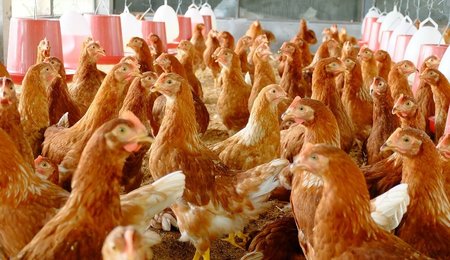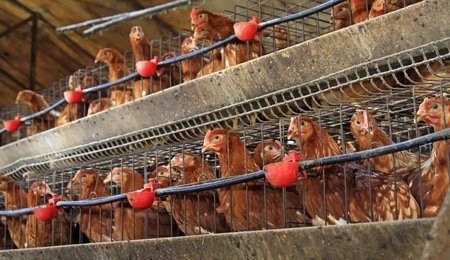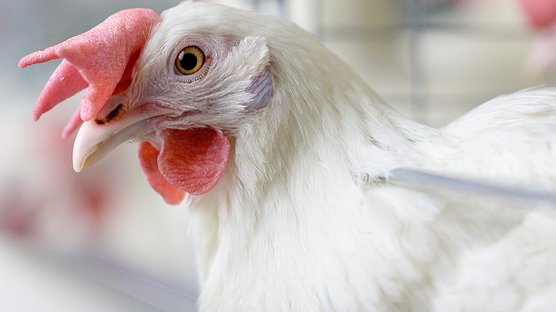
Published on Jan. 8, 2020
Arrival of a new flock
Housing a new flock of pullets is a delicate procedure. Transportation is a stressful period, do not overstock during transport and allow the pullets to have enough space and fresh air.
Unloading of the pullets is a delicate procedure, it should be done as quickly and gently as possible. In order to make the transfer as smooth as possible, you need to create the right environment for your new flock. In this way they will quickly feel comfortable, which will stimulate them to start producing eggs. The house should provide the following to the birds:
- A clean and dry house (+ its equipment) at a comfortable temperature (an optimum of 18°C is advised but can be hard to achieve in hot climates).
- All repairs should be done prior to the arrival of the new flock. Check also if the nipple lines, drinkers and feeders are working.
- In order to encourage the birds’ water intake, drinking water must be clean and fresh when the pullets arrive.
- To improve the birds’ appetite, it is better to use meal feeding instead of feeding ad-libitum. As with water, fresh feed should be provided.
The period of the first 48 hours after housing is a critical period, close supervision and observation are required to ensure the normal behavior of your flock. The following points should be noted/observed:
- The birds should be released close to the drinkers and feeders, try to release them evenly over the entire poultry house (do not release them just at the door).
- Water consumption – normal drinking habits within 6 hours after arrival
- Feed Consumption – increasing appetite/ feed intake should be observed
- The behavior of the flock: at first, they will be quiet, but they should gradually become more active and ‘talkative’ but not frenetic or hyperactive.
- The light intensity must be higher compared to the rearing, make sure you can easily observe the birds and that the birds can easily navigate through their new environment.
- Special attention must be given to birds having difficulty finding the drinking/feeding points. Place these birds close to the drinkers and feeders, or show them how the nipple works.
- When slats are present, don’t use too much litter as the birds will stay on the litter while you want them to go up on the slats or perches during the night.
- At start of lay, floor eggs should be collected several times a day until the level becomes acceptable.
- Maintain the continuous monitoring of the birds’ growth by measuring bodyweights weekly.
During the first days, the farm workers should spend time with the laying hens, observing their behavior and monitoring the water and feed consumption. This will also allow time for the birds to get used to their caretakers. Inspection of the flock should not be limited to daytime only!
Listening to the birds after turning off the lights can be very useful: coughing or sneezing, also known as “snicking”, as a result of a respiratory infection can readily be detected when the flock is resting.




